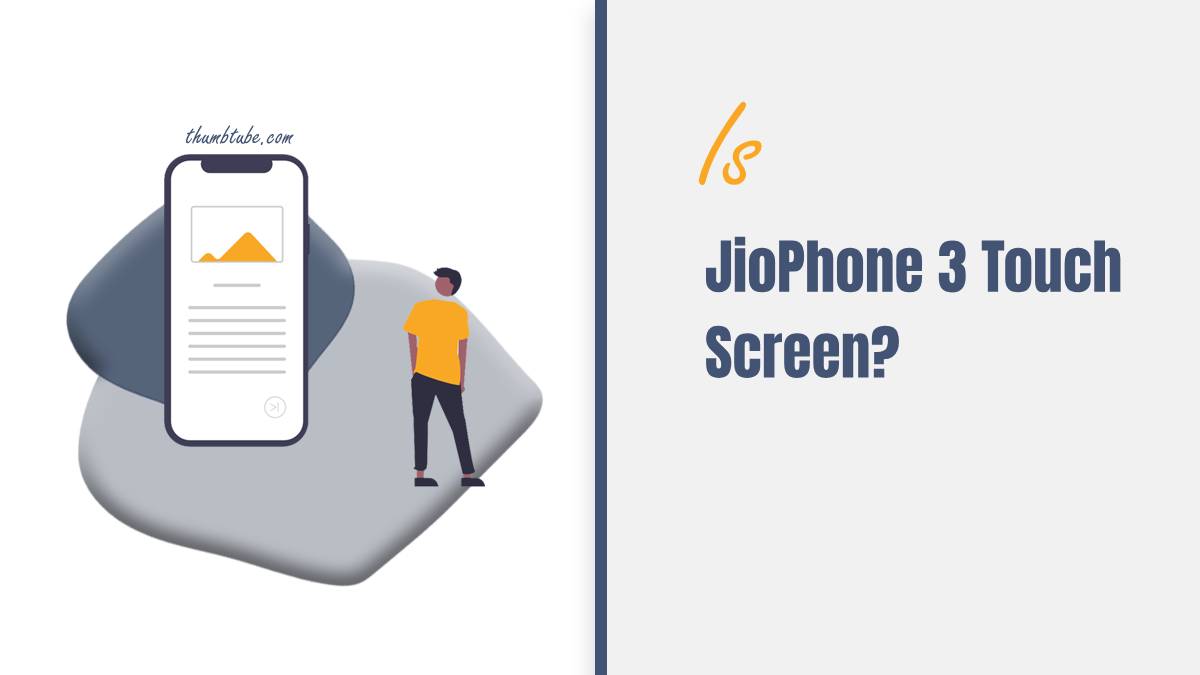Reliance Jio has revolutionized the mobile phone market in India with its affordable and feature-packed devices. The JioPhone series, particularly, has been a game-changer, offering smart features at budget-friendly prices. The latest in this lineup, the JioPhone 3, has generated a lot of buzz and curiosity among potential buyers, especially regarding its features. One of the most frequently asked questions is whether the JioPhone 3 has a touch screen. Let’s explore this aspect in detail and understand what the JioPhone 3 offers.

Overview of JioPhone Series
Before diving into the specifics of the JioPhone 3, it’s essential to understand the progression of the JioPhone series:
1. JioPhone (1st Generation): Launched in 2017, this feature phone brought smart functionalities like 4G connectivity, voice assistant, and access to Jio’s suite of apps. However, it retained a traditional keypad, making it an entry-level device for basic users.
2. JioPhone 2: Released in 2018, the second-generation JioPhone built on its predecessor’s success with a few enhancements, including a QWERTY keyboard. It still did not feature a touch screen but improved user experience with a more accessible layout.
JioPhone 3: Introduction and Features
The JioPhone 3 marks a significant step forward in the series, aimed at offering more advanced features while maintaining affordability. Reports and leaks about the JioPhone 3 suggested several upgrades, leading to heightened anticipation.
Key Features of JioPhone 3
1. Design and Display
– The JioPhone 3 is reported to feature a 5-inch touch screen, a significant upgrade from its predecessors. This transition from a physical keypad to a touch screen aligns with modern smartphone trends, providing a more intuitive and versatile user interface.
2. Operating System
– Like its predecessors, the JioPhone 3 is expected to run on KaiOS, which supports various apps including WhatsApp, YouTube, Facebook, and Google Assistant. The touch screen enhances interaction with these apps, making navigation smoother and more user-friendly.
3. Hardware and Performance
– Speculations indicate that the JioPhone 3 will come with improved hardware specifications, such as a quad-core processor and up to 2GB of RAM. These enhancements will support the demands of a touch interface and ensure a responsive performance.
– Storage options may include 16GB and 32GB variants, with expandable memory support via microSD card.
4. Camera and Battery
– The JioPhone 3 is expected to feature better cameras compared to its predecessors, with a rear camera of 5MP or higher and a front camera for selfies and video calls.
– Battery life is likely to be robust, given the device’s focus on affordability and practicality.
Advantages of a Touch Screen
Transitioning to a touch screen offers several advantages for JioPhone 3 users:
1. Enhanced User Experience
– A touch screen provides a more seamless and interactive user experience. Users can easily navigate through apps, use gestures, and interact with content in a more dynamic way.
2. App Compatibility
– Many modern apps are designed for touch interfaces. The JioPhone 3’s touch screen makes it more compatible with a broader range of applications, enhancing its utility as a smart device.
3. Modern Appeal
– A touch screen gives the JioPhone 3 a more contemporary look and feel, appealing to users who are accustomed to smartphones but are seeking a more affordable option.
The JioPhone 3, with its reported touch screen, represents a significant evolution in the JioPhone lineup. This feature aligns the device more closely with modern smartphones, enhancing its functionality and appeal. The touch screen, combined with improved hardware and a versatile operating system, positions the JioPhone 3 as a competitive option in the budget smartphone market. For users seeking an affordable device with the convenience of a touch interface, the JioPhone 3 promises to be a compelling choice.
